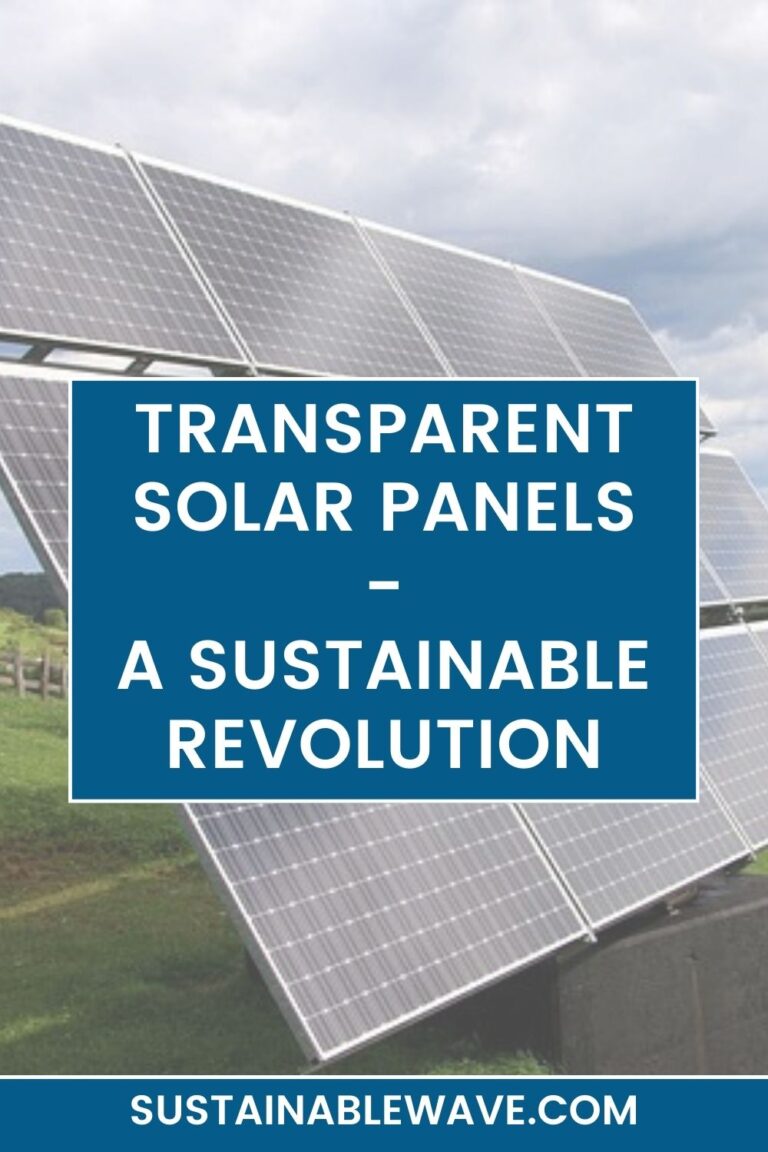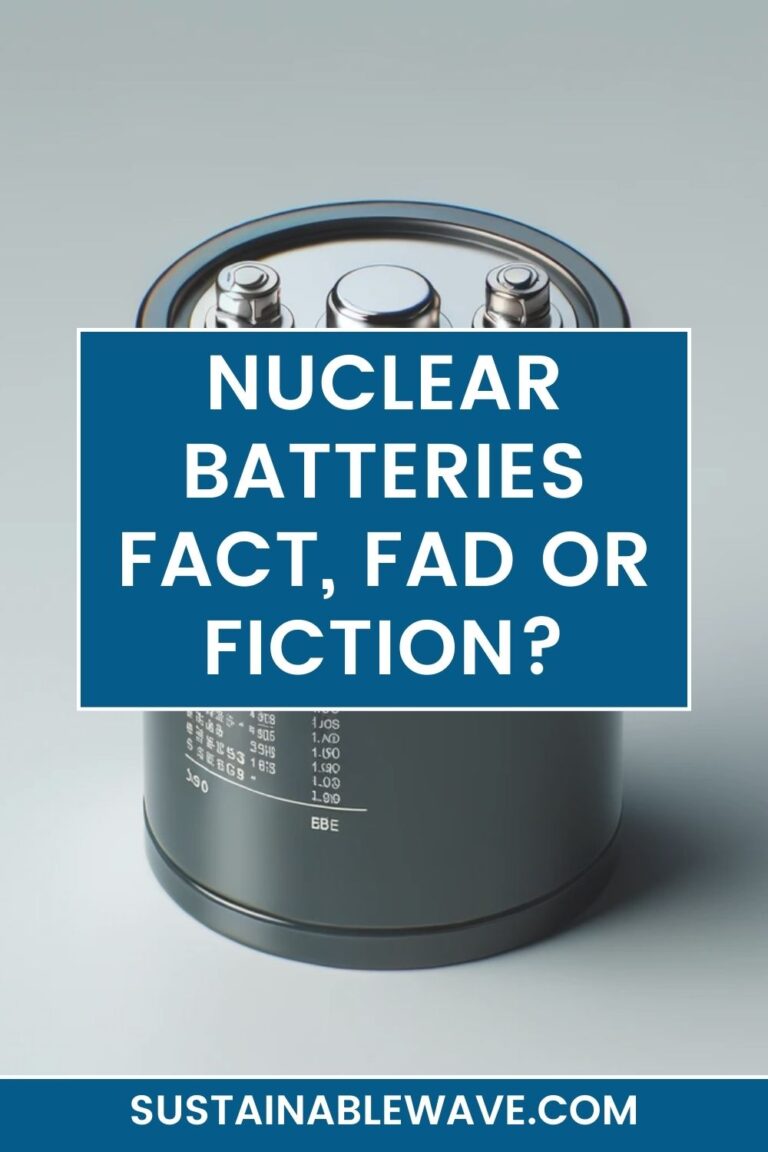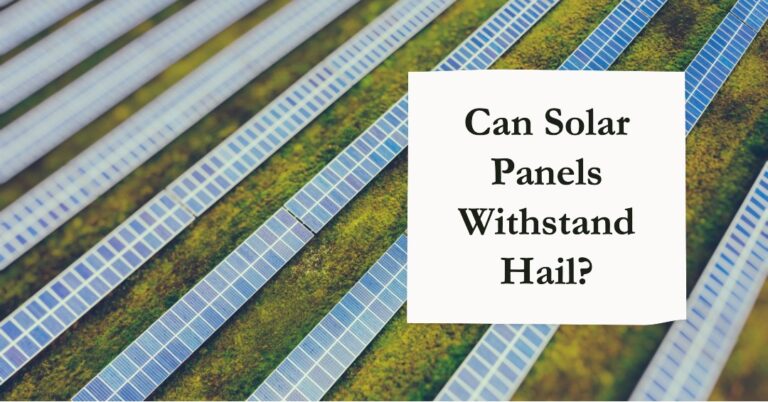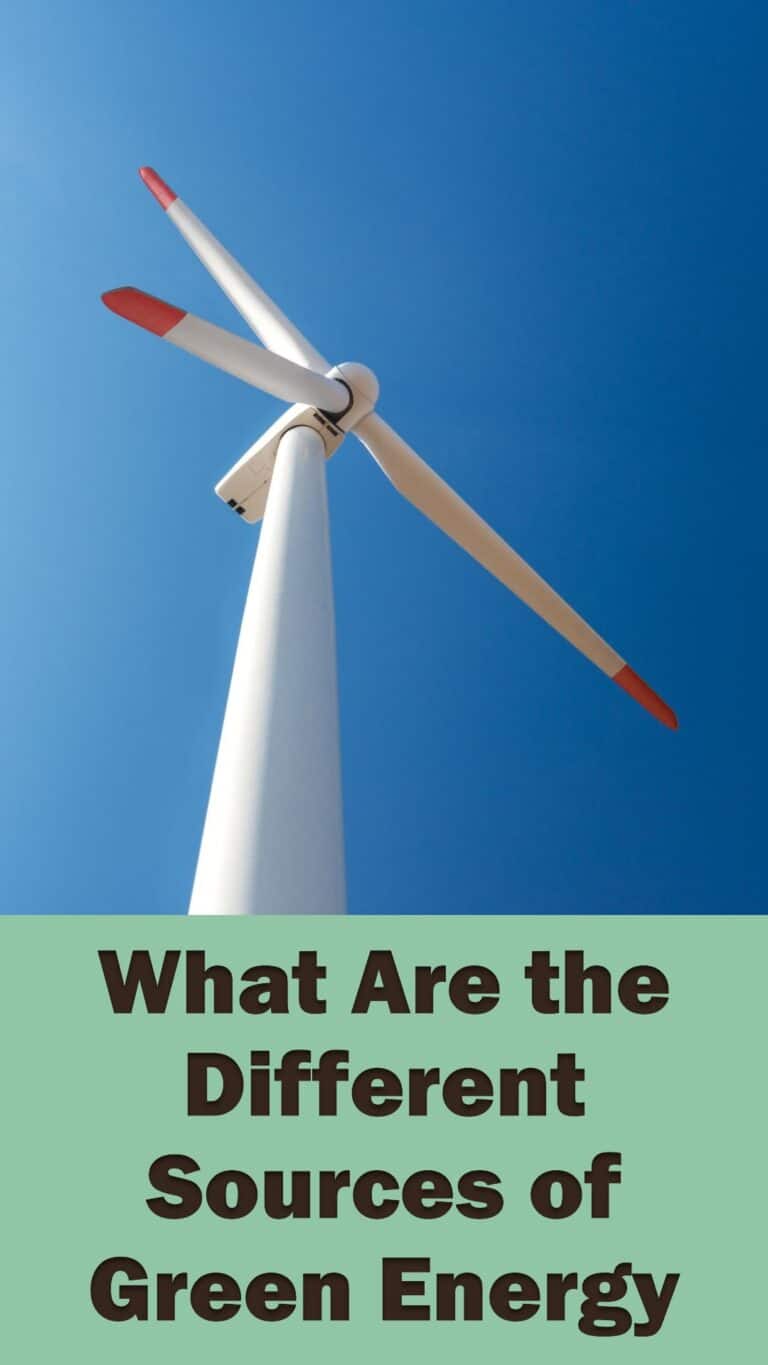In the bustling world of renewable energy, the spotlight has turned toward a remarkable innovation – bifacial solar panels. They’ve raised a buzz in the industry, leading many to ask: “What are bifacial solar panels?”
Bifacial solar panels are innovative solar devices that capture and convert sunlight into electricity from both sides, unlike traditional panels that only use one side. This dual-side usage enhances their overall energy production and efficiency.
Now let’s look at bifacial solar panels in detail, so strap in for a ride through the exciting landscape of renewable energy.
What Are Bifacial Solar Panels?
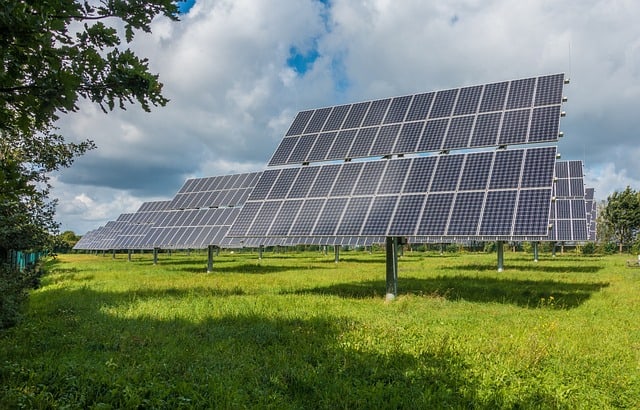
You might be familiar with traditional solar panels, which convert sunlight into electricity. Well, bifacial solar panels are an upgrade.
They have the remarkable ability to capture sunlight not just from the front, but also from the back.
By harnessing light that hits the underside of the panel – whether it’s reflected from the ground or other surfaces – these innovative panels boost overall energy production.
The Inner Workings of Bifacial Solar Panels
The Magic of Two-sided Capture
Standard solar panels use one layer of photovoltaic cells, typically on a solid opaque backing.
But with bifacial solar panels, the game changes. Imagine a solar panel that isn’t shy to show its back to the sun, a panel that greedily absorbs every ray it can reach.
That’s a bifacial solar panel for you.
Its transparent back allows for the collection of light from both sides, enhancing its energy production by up to 30% compared to traditional models.
Materials and Manufacturing
Most bifacial solar panels are made using monocrystalline or multi-crystalline silicon cells, although thin-film technology is also used.
The cells are sandwiched between two layers of protective glass, a design that offers not only transparency but also added durability.
Optimizing for Best Results
But merely installing a bifacial solar panel won’t guarantee you maximum energy output.
The installation environment matters significantly. Light-colored and reflective surfaces like snow, sand, or concrete can boost the light reaching the panel’s underside.
Mounting the panels at a height also maximizes the amount of reflected light they can capture.
Why Choose Bifacial Solar Panels?
Efficiency Galore
Bifacial solar panels aren’t just about harnessing the light that would otherwise be wasted. They’re about efficiency.
By capturing light from all directions, they offer increased power output, a godsend in areas where space is limited or expensive.
Built to Last
And if durability is your concern, you’re in luck.
Bifacial solar panels’ double-glass design offers superior resistance to adverse weather conditions.
This means they are more likely to last longer than their traditional counterparts, resulting in a higher return on investment over time.
Versatility is Key
Given their ability to capture light from both sides, bifacial solar panels are incredibly versatile.
They can be mounted in a variety of ways, including vertically on walls, which opens up new possibilities for solar energy use in urban areas.
Implementing Bifacial Solar Panels: Real-world Applications

Residential Solar Installations
For homeowners looking to cut down their electricity bills and lessen their environmental impact, bifacial solar panels can be a worthwhile investment.
They’re particularly useful in snow-prone areas or homes with highly reflective rooftops.
Commercial Solar Projects
In the commercial sector, bifacial solar panels can provide substantial benefits.
By installing them on large flat roofs or using them as awnings on building exteriors, businesses can reap more solar benefits per square foot.
Solar Farms
Large-scale solar farms can take full advantage of the efficiency of bifacial solar panels.
By using single-axis tracking mounts, which follow the sun’s movement during the day, they can optimize the panels’ exposure to sunlight.
The Future of Bifacial Solar Panels
Given the numerous advantages of bifacial solar panels, it’s clear they’re not just a passing fad in the world of renewable energy.
They represent a promising leap towards more efficient and flexible solar energy production.
As technology continues to evolve and become more affordable, we can expect to see more of these two-faced power generators in our neighborhoods and cities.
The Science Behind Bifacial Solar Panels
Bifacial solar panels utilize the principle of photovoltaic (PV) effect to convert light into electricity.
This is the same principle used in traditional solar panels, but bifacial panels take it a step further.
They capture light on both sides of the panel using photovoltaic cells embedded in a transparent backsheet or dual-tempered glass.
Photovoltaic cells are made up of semiconductor materials, commonly silicon.
When sunlight hits these cells, it energizes the electrons in the atoms of the semiconductor.
This energy transfer prompts the electrons to move, creating an electric current.
In bifacial panels, this process happens on both sides, leveraging reflected and diffused light to generate more electricity.
Installing Bifacial Solar Panels: Things to Consider
When installing bifacial solar panels, careful consideration of the installation site can significantly influence their performance.
Height
The installation height can affect the amount of reflected light the panels capture.
Higher mounting can allow more reflected and diffused light to reach the underside of the panels.
Ground Albedo
The albedo, or reflectivity, of the ground surface, also plays a critical role in the efficiency of bifacial solar panels.
Surfaces with high albedo, like snow, sand, or white concrete, reflect more sunlight onto the underside of the panels, increasing energy production.
Shading
It’s crucial to avoid shading as much as possible when installing bifacial solar panels.
Since they produce power from both sides, shading on either side can affect their performance.
Panel Orientation
While traditional panels are usually installed facing south in the Northern Hemisphere to maximize sunlight exposure, bifacial panels can benefit from different orientations due to their ability to capture diffused light.
Bifacial Solar Panels vs. Traditional Solar Panels
In the face-off between bifacial and traditional solar panels, a few key differences come to light.
The main difference between bifacial and traditional solar panels lies in their design and efficiency. Traditional solar panels have opaque backs and capture sunlight only from one side, and bifacial solar panels have transparent backs, allowing them to capture and convert sunlight from both sides, resulting in up to 30% more energy production compared to traditional panels.
Let’s take a bit closer look at that information:
Energy Production
The most significant difference lies in energy production.
Bifacial solar panels can generate up to 30% more energy than traditional ones due to their ability to capture sunlight from both sides.
This makes them an attractive option for maximizing energy output, especially in areas with limited space.
Durability and Lifespan
The double-glass structure of bifacial solar panels can offer improved durability and longevity compared to traditional solar panels.
The dual-layered glass provides added protection against environmental factors such as hail, snow, and wind.
As a result, bifacial panels often come with longer warranties.
Cost
Bifacial solar panels might come with a higher initial price tag than their traditional counterparts.
This is due to the more complex manufacturing process.
However, considering their enhanced energy production and potentially longer lifespan, they may offer a higher return on investment in the long run.
Impact of Bifacial Solar Panels on the Environment
Like all solar panels, bifacial panels have a positive environmental impact. By harnessing the sun’s energy to produce electricity, they reduce reliance on fossil fuels, leading to lower greenhouse gas emissions.
Moreover, their superior efficiency means that they can generate more clean energy over the same surface area, making them an excellent choice for large-scale renewable energy projects.
As the push for sustainable energy solutions continues, bifacial solar panels represent a significant leap forward in solar technology.
They not only maximize the use of available sunlight but also promise greater durability and adaptability, making them a promising investment for a sustainable future.
Frequently Asked Questions
Q: How much more efficient are bifacial solar panels compared to traditional panels? A: They can be up to 30% more efficient, depending on the installation conditions.
Q: Are bifacial solar panels more expensive? A: As of now, they can be slightly more expensive due to the higher manufacturing costs. However, their increased efficiency and durability often make up for the higher initial investment.
Q: Can I replace my current solar panels with bifacial ones? A: Absolutely. But keep in mind that to maximize their efficiency, you may need to consider factors like mounting height and ground reflectivity.
Q: Are bifacial solar panels durable? A: Yes, thanks to their double-glass design, they often withstand harsh weather conditions better than traditional panels.
Q: Can I use bifacial solar panels in a city? A: Yes, their ability to capture sunlight from both sides makes them ideal for urban installations, such as vertical mounting on walls.
Q: Are bifacial solar panels the future of solar energy? A: Many experts believe so due to their superior efficiency, durability, and versatility.
Conclusion
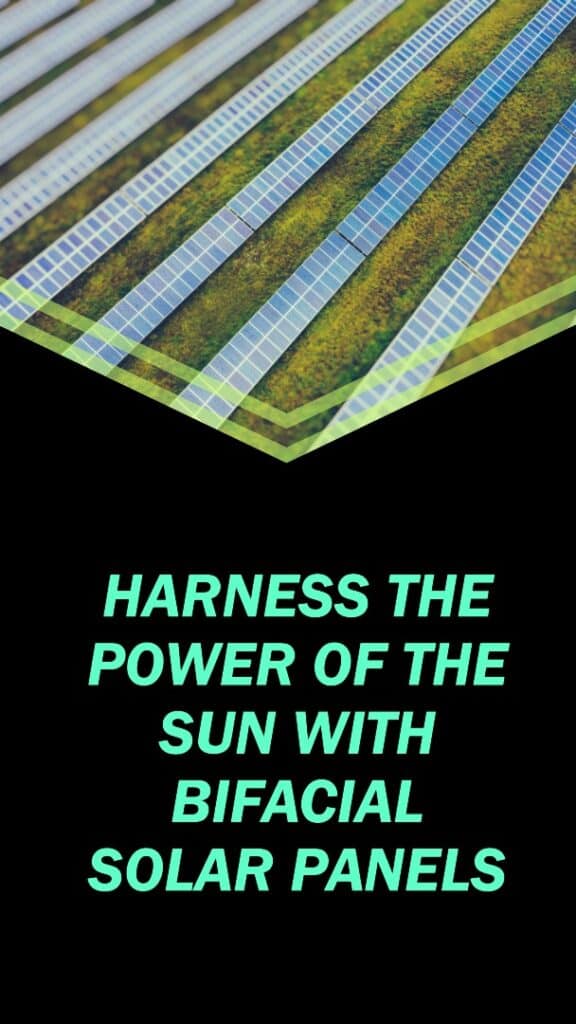
In the quest for cleaner, more efficient energy, bifacial solar panels have emerged as a promising player.
As we’ve explored, these two-faced energy wizards can significantly boost solar power production, paving the way for a greener future.
If you’ve been wondering “What are bifacial solar panels?” now you know they could be a game-changer in the renewable energy landscape.
Sources
- National Renewable Energy Laboratory (NREL): A government agency that provides information on various renewable energy types, including bifacial solar panels.
- EnergySage: Bifacial Solar Panels: An educational article discussing the benefits and considerations of bifacial solar panels.
- Solar Power World: What are bifacial solar modules?: An article detailing the design and performance characteristics of bifacial solar modules.
- International Energy Agency (IEA) – PVPS: Bifacial Photovoltaic Modules and Systems: A report on the technical aspects, benefits, and use cases of bifacial PV systems.
I’m Thomas, the owner of SustainableWave. Passionately promoting a sustainable planet. With experience in various eco-roles, I’ll share green tips, sustainability hacks, and personal eco-journeys on my blog.

